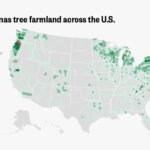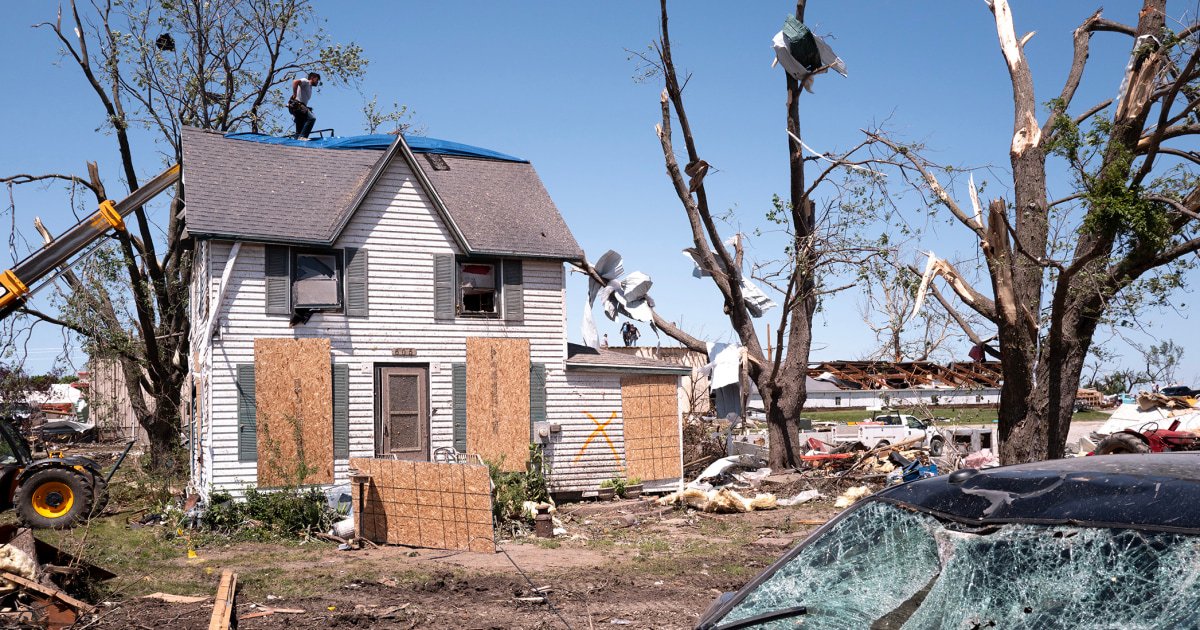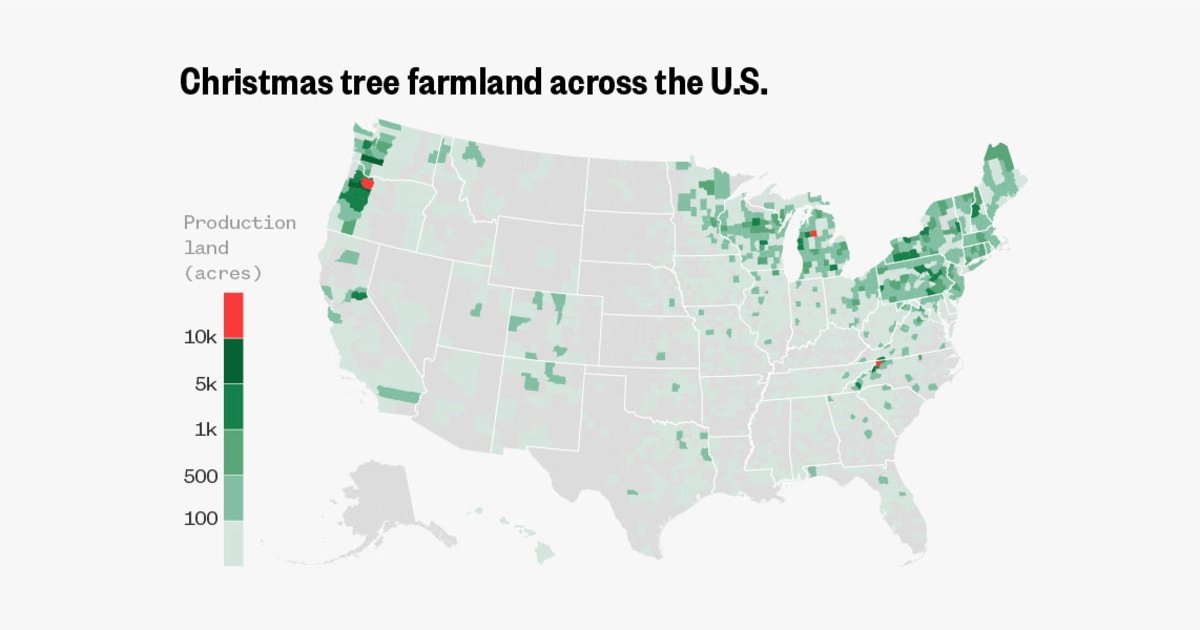In a year full of extreme weather, experts say 2024’s spate of tornado outbreaks, in particular, sets it apart.
From January to November (the last month for which official counts are available), the United States recorded 1,762 tornadoes, the highest number in a decade, according to the National Oceanic and Atmospheric Administration.
Tornadoes tended to be strong and destructive, records show, especially the unusually powerful tornadoes that spawned from Hurricane Milton in October.
“It was kind of like death by 1,000 paper cuts,” said Victor Gensini, a meteorology professor at Northern Illinois University. “We didn’t have a record number of violent tornadoes, and there wasn’t a month of absolutely stellar activity (outbreak after outbreak after outbreak), but when you start adding them all together, what you get is a pretty significant year for severe storms. climate.”
Tornado outbreaks were among the country’s costliest weather and climate disasters this year. As of Nov. 1, NOAA had counted a total of 24 weather disasters, each causing at least $1 billion in damage. Of those events, six were tornado outbreaks, including a cluster of storms over three days in July that produced more than 79 tornadoes in Illinois, Indiana, Minnesota, Pennsylvania and New York. An outbreak that hit Iowa in May also made the list: It spawned a devastating tornado that killed five people and carved a 44-mile path through the southeastern part of the state.
The flurry of tornado activity adds to an already considerable and growing set of concerns about the increasing frequency and severity of extreme weather events. But unlike events like heat waves or wildfires, which have clear links to rising temperatures, researchers are still working to understand why this was such an exceptional tornado year, including possible connections to climate change.
Tornadoes are classified according to what is known as the enhanced Fujita (EF) scale. The weakest tornadoes, or EF-0 and EF-1, have winds up to 110 mph and typically cause relatively light damage. The most powerful, or EF-5, have winds exceeding 200 mph and often cause catastrophic damage.
The tornado that tore through a swath of Iowa in May was an EF-4 tornado and one of the deadliest of 2024. It ripped through the town of Greenfield, tossing cars and ripping homes from their foundations. The tornado was just one of more than a dozen that crossed the state that day. In total, the group of storms caused $4.9 billion in damage, according to NOAA.
This year, at least 52 people have died in tornado outbreaks through November, according to preliminary NOAA figures. While significant, the number pales in comparison to some of the worst tornado years in the country, when hundreds of people died. The deadliest tornado in United States history was an EF-5 tornado that killed 695 people in 1925.
The country was lucky to escape a high death toll in 2024, said Harold Brooks, senior scientist at NOAA’s National Severe Storms Laboratory.
“There have been 27 deadly tornadoes so far this year, and the most deaths in a single event has been seven,” Brooks said. “It’s a little unusual to have so many deadly tornadoes and for none of them to be a really big event.”
Still, the tornadoes that touched down caused extensive damage in some central and southern states.
The July outbreak of more than 79 tornadoes caused $2.4 billion in damage. And a tornado outbreak in late May (separate from the one in Iowa) produced more than 110 tornadoes, including an EF-3 in Texas, causing a total of $3.4 billion in damage. In such cases, most of the damage is due to winds that can be powerful enough to topple buildings, deform utility poles, and fling debris great distances.
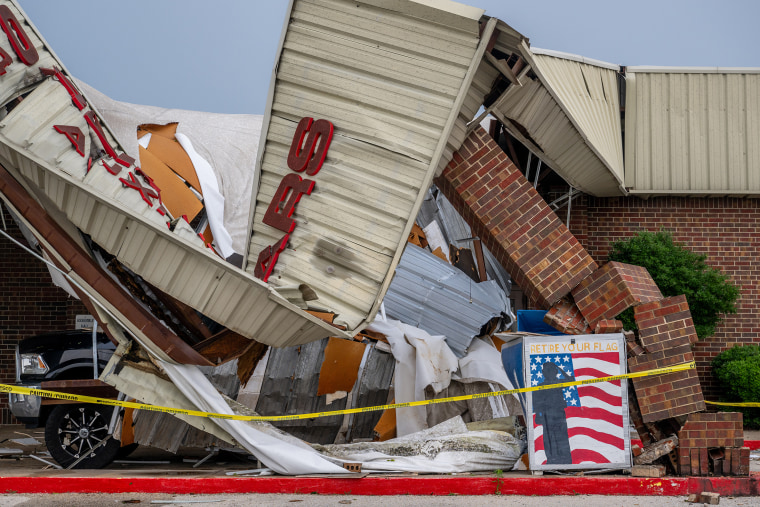
Several tornadoes this year also surprised experts. One of them occurred just a couple of weeks ago, when a rare tornado touched down north of Santa Cruz, California. The tornado injured five people; It was later rated EF-1 with maximum winds of 90 mph. The storm prompted the National Weather Service to issue its first tornado warning for San Francisco.
Another surprise was the considerable increase in 2024 in the occurrence of strong tropical tornadoes, tornadoes produced in hurricanes. Hurricane Milton, which hit western Florida when it made landfall on October 9, produced dozens of destructive tornadoes across the state as the storm moved closer to land.
Tornadoes are not entirely uncommon during hurricanes, but they are typically weaker than those observed in connection with Milton. Of all recorded tornadoes produced by tropical systems that made landfall in the US, less than 1% have been EF-3 or stronger. This year, four of the five hurricanes that made landfall in the United States produced EF-3 tornadoes.
“Milton will probably go down as the most prolific tornado-producing hurricane in history,” Gensini said. “Those tornadoes rivaled those you would see in Texas, Oklahoma, Nebraska or the Great Plains. “It is very unusual to see tornadoes of that strength and frequency with hurricanes.”
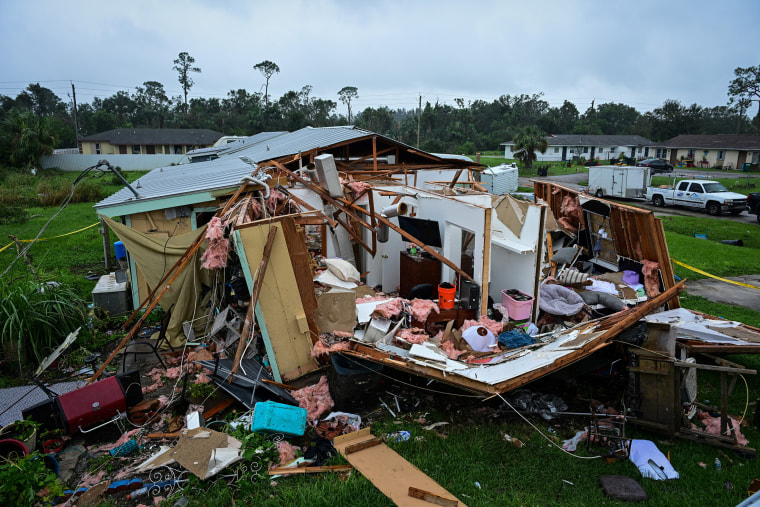
It’s unclear why Hurricane Milton spawned so many tornadoes, but a study published in June found that the number of tornadic storms could increase by up to 299% by mid-century if fossil fuel emissions continue at the current rate.
However, scientists still do not have a solid understanding of what influence, if any, climate change has on tornadoes in general. So far, research indicates that global warming can increase atmospheric instability, a key ingredient in the development of thunderstorms. Instability in the atmosphere often comes from differences in air temperature and density, which in turn fuel strong columns of rotating air within storms.
But many aspects of tornado science are still unclear, including what causes some tornadoes to intensify while others disintegrate. Some studies have even found that climate change could suppress tornado formation by weakening vertical wind shear, a term that refers to the way Winds increase and change direction at different atmospheric heights. Reduced wind shear could limit the amount of warm air that rises, making storms less likely to spawn tornadoes.
Given those lingering unknowns, it remains difficult to uncover any direct link between climate change and specific tornado outbreaks.
“We understand that greater instability and warmer temperatures should promote larger hail, more tornadoes and that type of thing,” Gensini said. “But for any individual tornado, it’s very difficult to make those assessments right now.”
With several days left in the year, tornadoes are still possible.
“This last quarter has been pretty quiet as far as tornadoes go, but it’s not uncommon to have tornadoes, and maybe even strong ones, in late December, in the cold season,” Gensini said.
In fact, more tornadoes may be on the horizon: Severe thunderstorms and tornadoes are possible in parts of the South and Gulf Coast over the weekend, and NOAA’s counts for the year do not yet include those. tornadoes that were reported Thursday in Louisiana.

